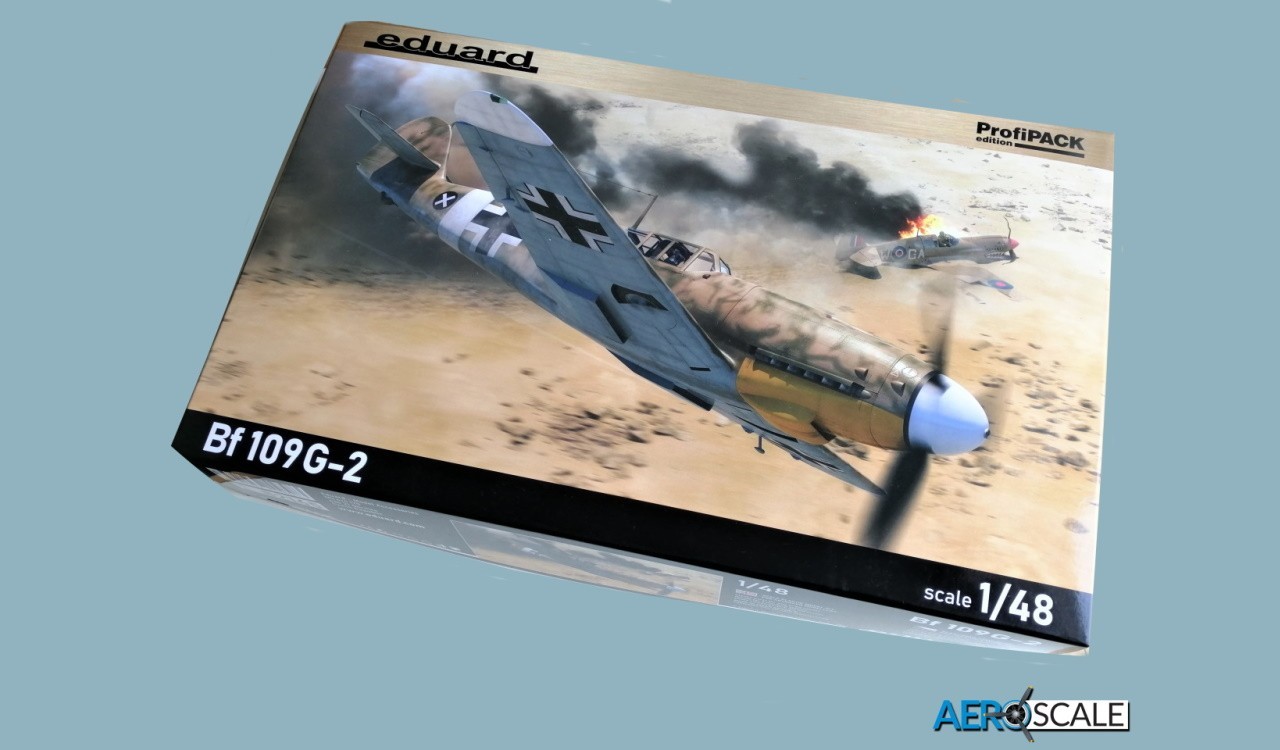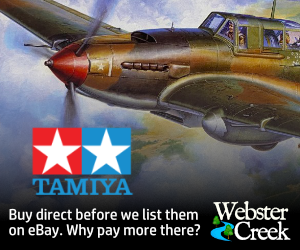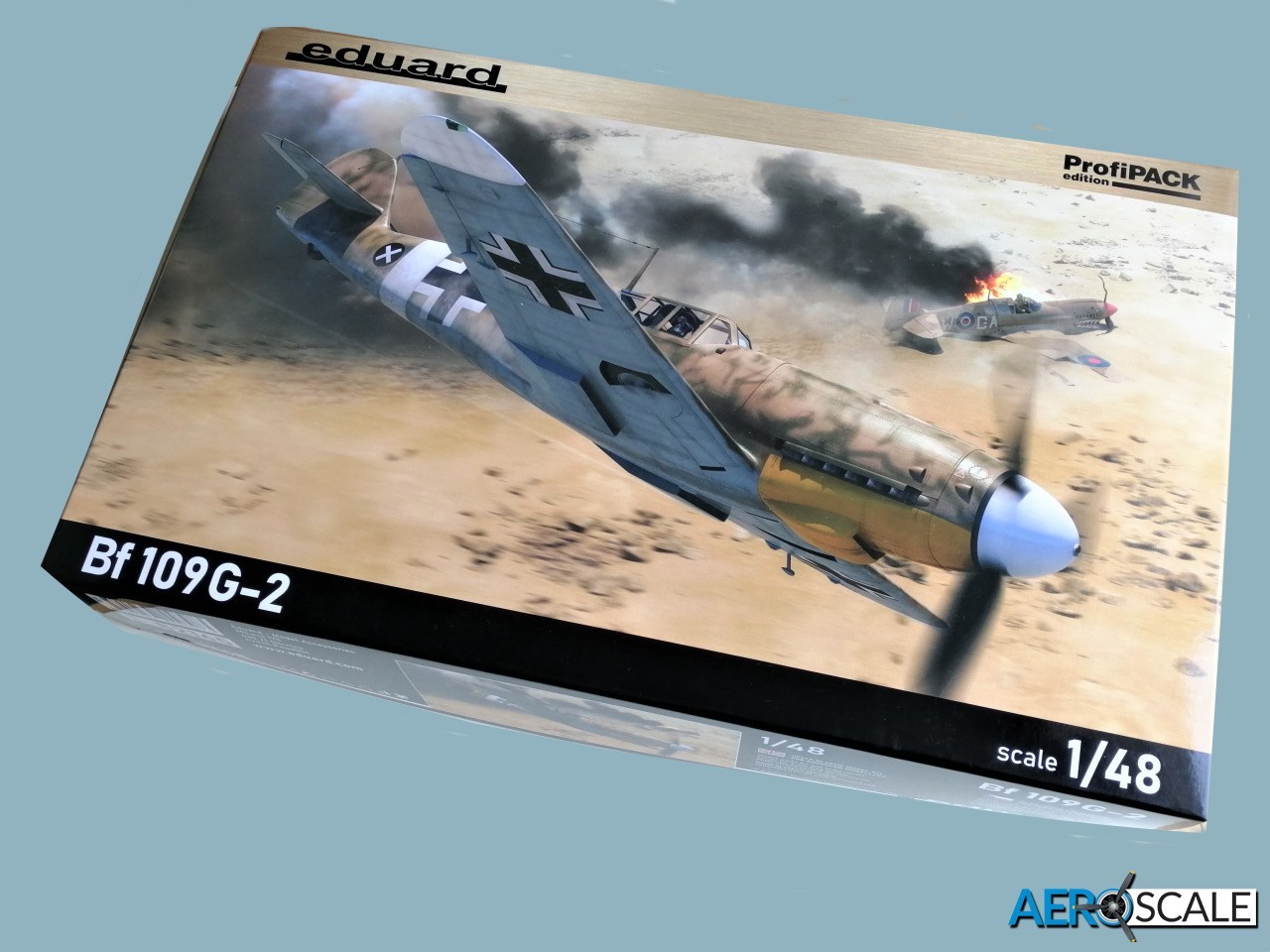
Background
The production of the G-2 started in May 1942 and was done in tandem with the high-altitude G-1. The cockpit of the G-2 was non pressurised and as a result the canopy had a single layer of glazing. Pilot protection comprised of an angled head armour as seen on the F-4. Although it wasn’t unusual for the vertical type of armour to be fitted.
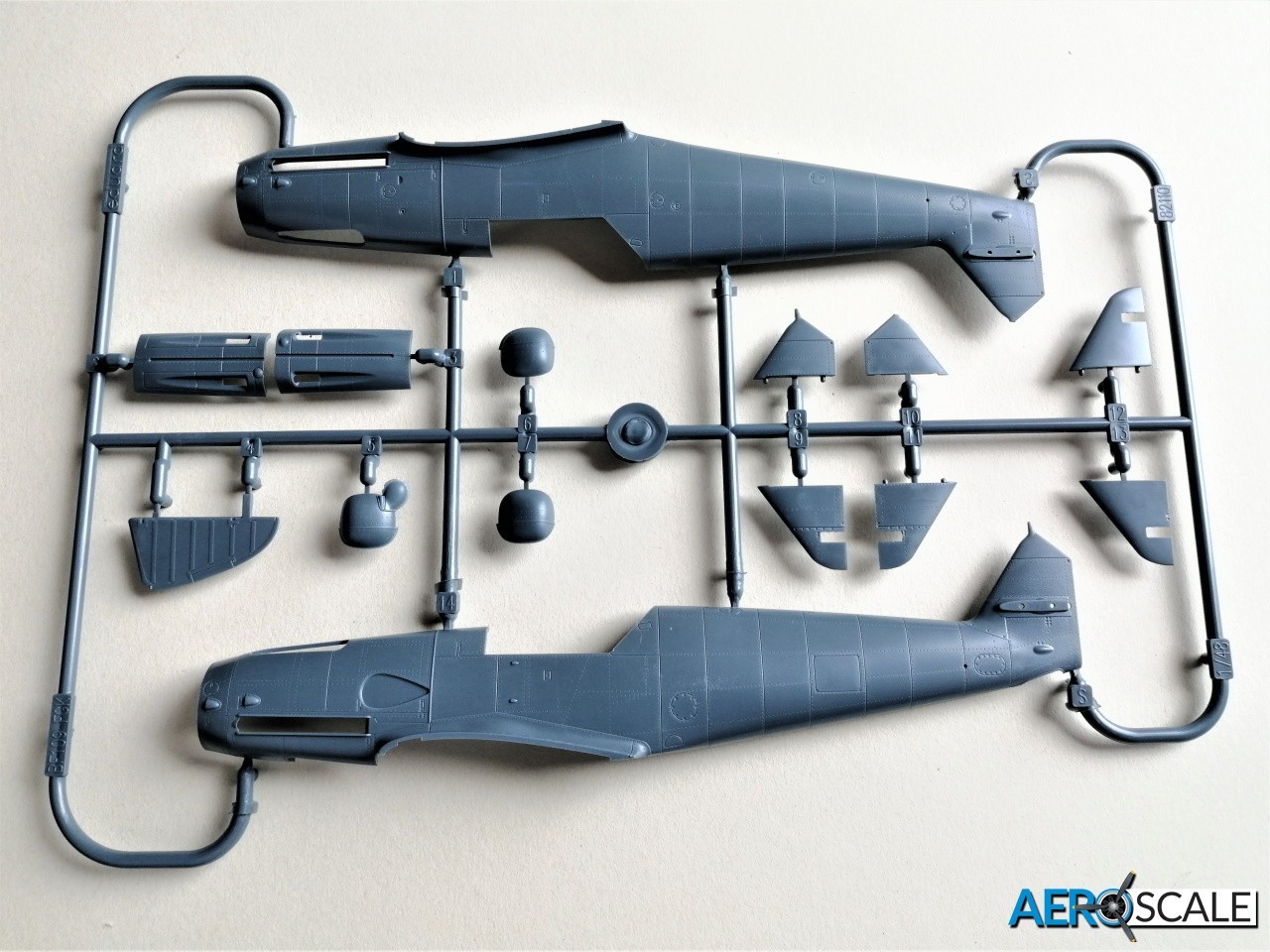
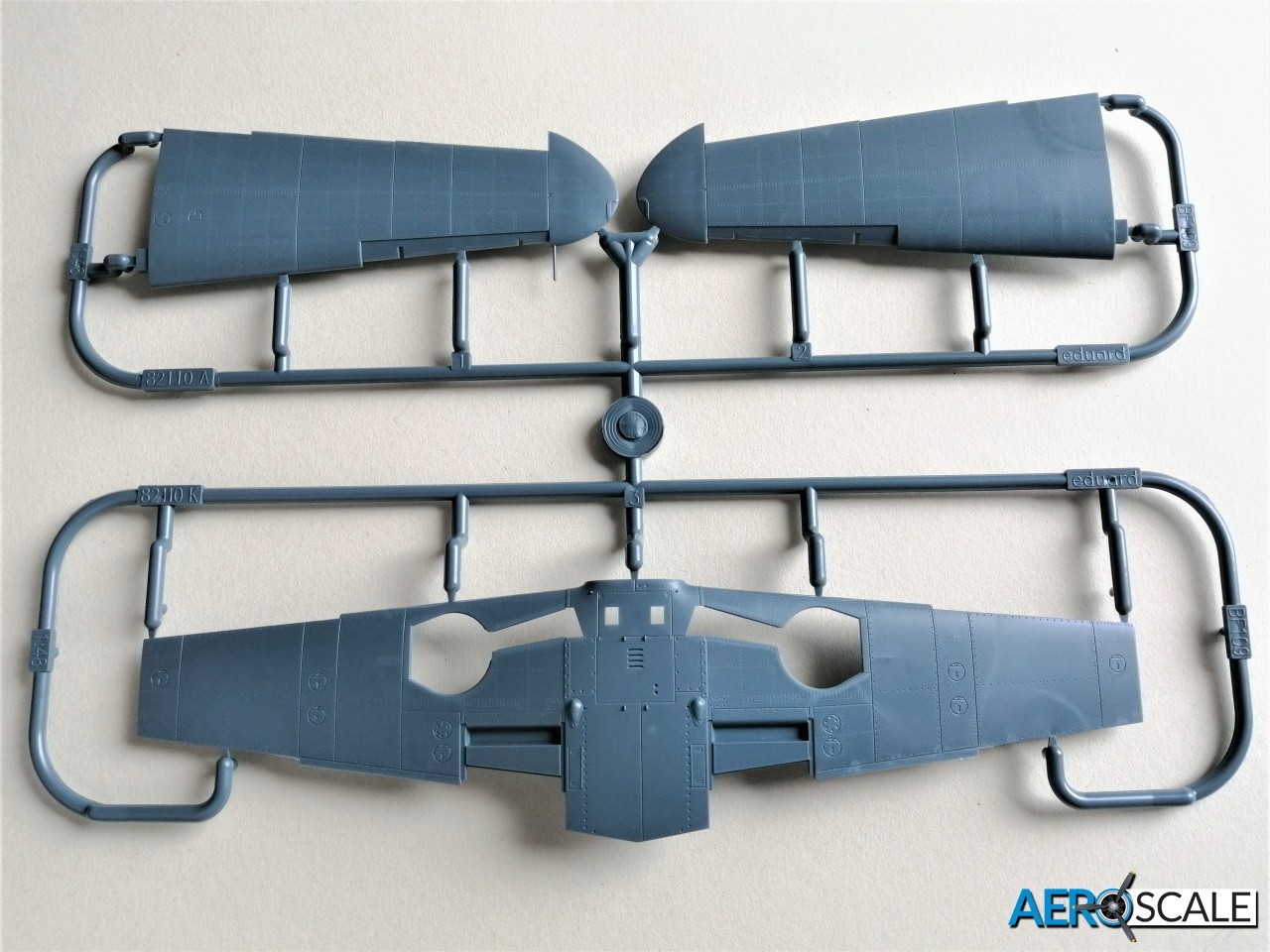
The G-1/G-2 saw the MG17 7.9mm upper fuselage guns replaced by the 20mm MG 151. The distinctive bulges covering the larger breech blocks appeared for the first time earning the aircraft the non too affectionate nickname ‘Beule’ [Bump]. The G-2 was plumbed to carry an 300L fuel tank under the fuselage. Gondolas were fitted under the wings accommodating 20 mm MG151/20 cannons. The G-1 and G-2 can be distinguished from latter version by the lack of blisters on the upper wing over the undercarriage bay as they were fitted with narrow tyres
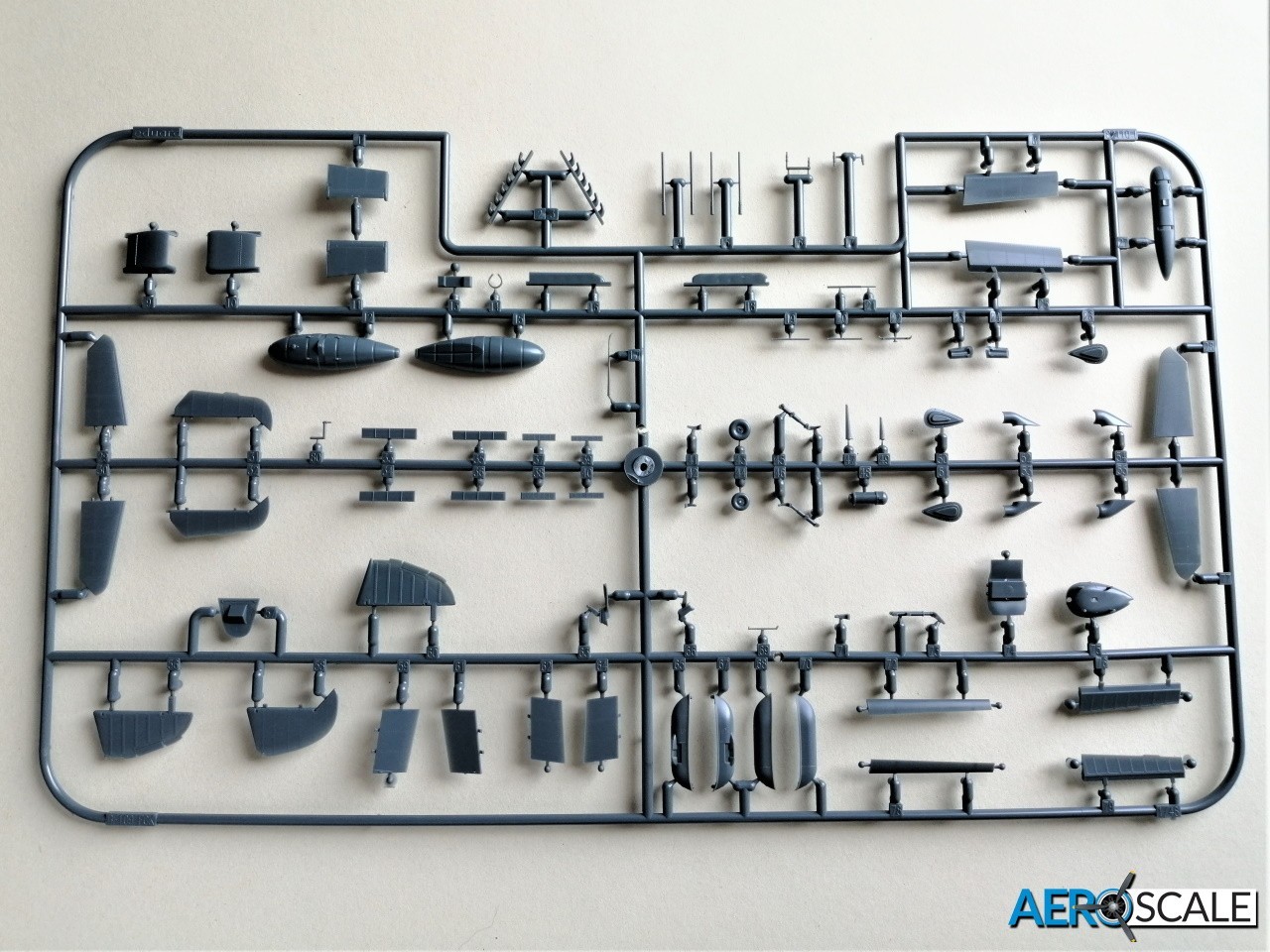
To increase the usefulness of the G-2 as a long-range fighter bomber or Jabo-Rei [Jagbomber mit vergrӧsserter reichweit] it was hoped it would be able to carry a 500kg bomb mounted under the belly. Unfortunately, there was not sufficient clearance and attempts were made to add a jettisonable fourth wheel mounted just aft of the fuselage fuel tank, though it never went into production. The G-2 could be fitted with the ETC 500 bomb rack, capable of carrying one 250 kg (550 lb) bomb.
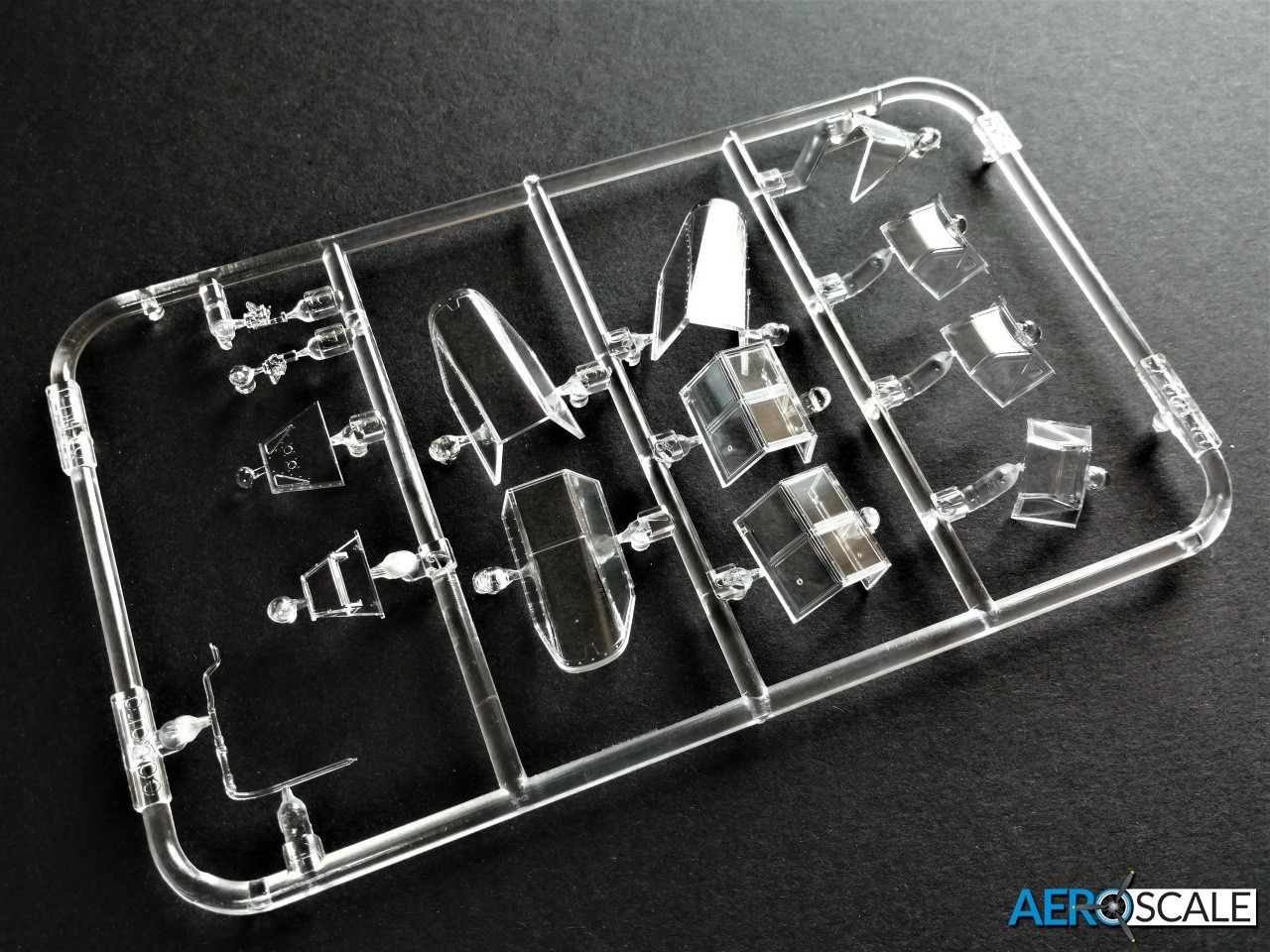
The G-2 was subject to a number of factory modifications[Rüstsätze] hence the designation letter ‘R’ followed by a number. The final G-2 production batches built by Erla and Messerschmitt Regensburg were equipped as tropical aircraft (often referred to as G-2 trop), equipped with a sand-filter on the front of the supercharger intake. The tropical G-2 had two small metal brackets on the left side of the fuselage, below the cockpit sill.These were used as mounts for specially designed sun umbrellas [Sonderwerkzeug], shading the cockpit.
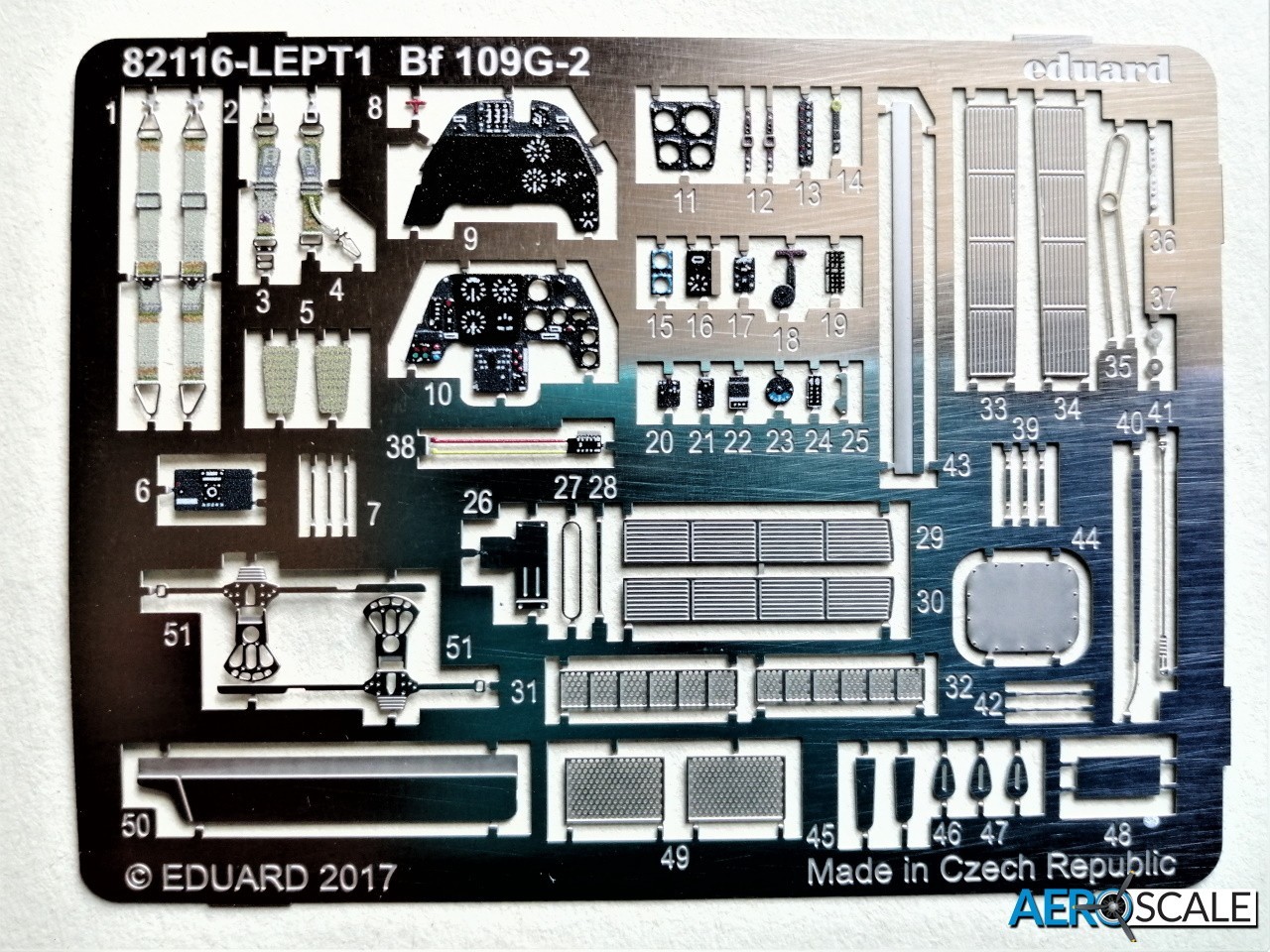
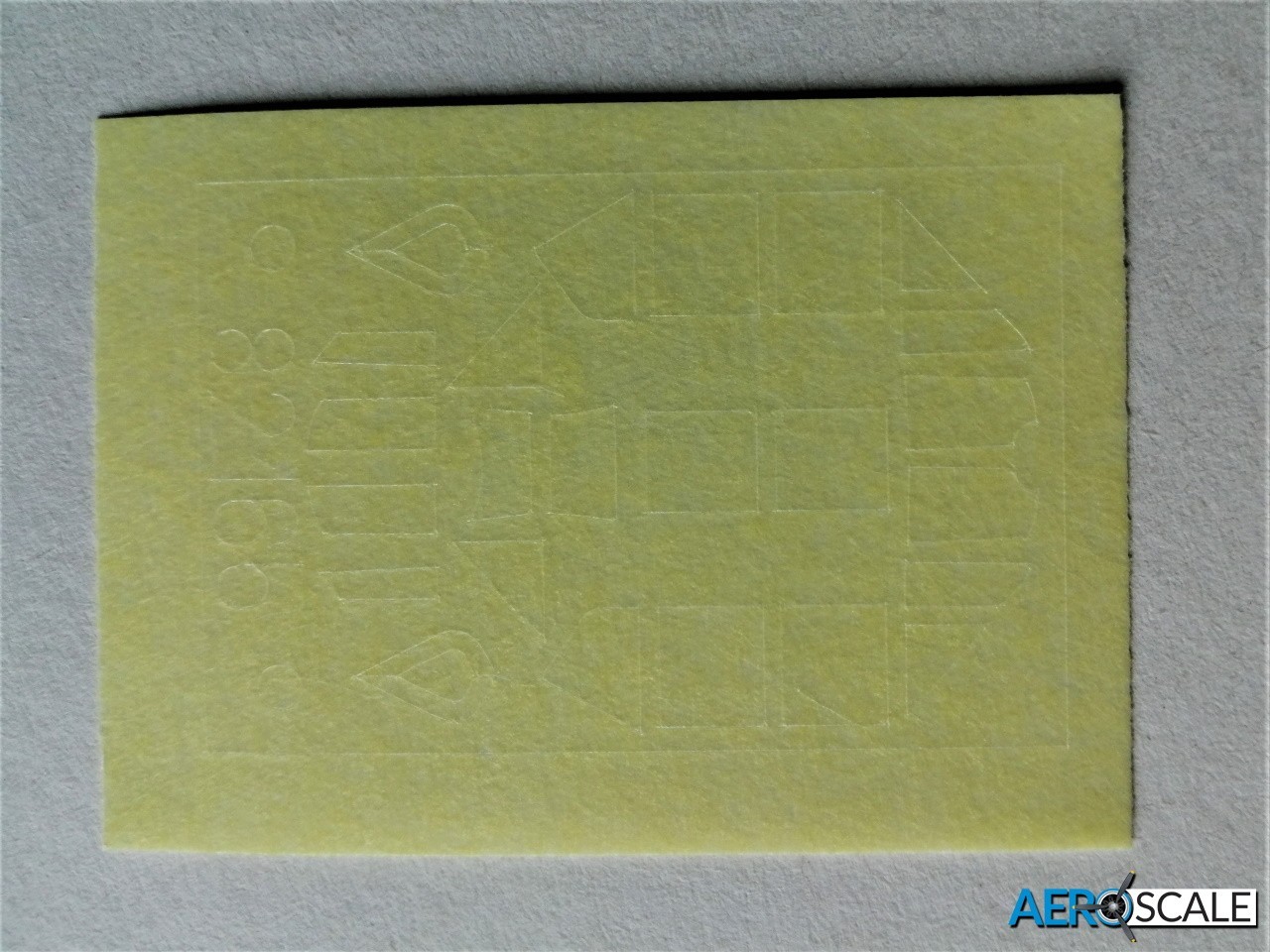
The appearance of the G-2 and its superior speed was somewhat of a surprise to RAF pilots flying the Spitfire Mk.V. With the RAF's adoption of the Spitfire Mk.IX and Mk.XIV, Mustang III, as well as the Tempest, which were all well matched if not better than the Gustav for performance. It could be said that the Luftwaffe were paying the price for not developing a replacement for the Bf 109 much earlier in the war. Although the Fw 190 came into service in 1941 it wasn’t until late into WWII that it developed into an all-round fighter. Many Luftwaffe pilots that had flown the earlier series of Bf 109’s considered the Gustav a backward step. The higher wing loading affected its maneuverability and workload on the pilot.

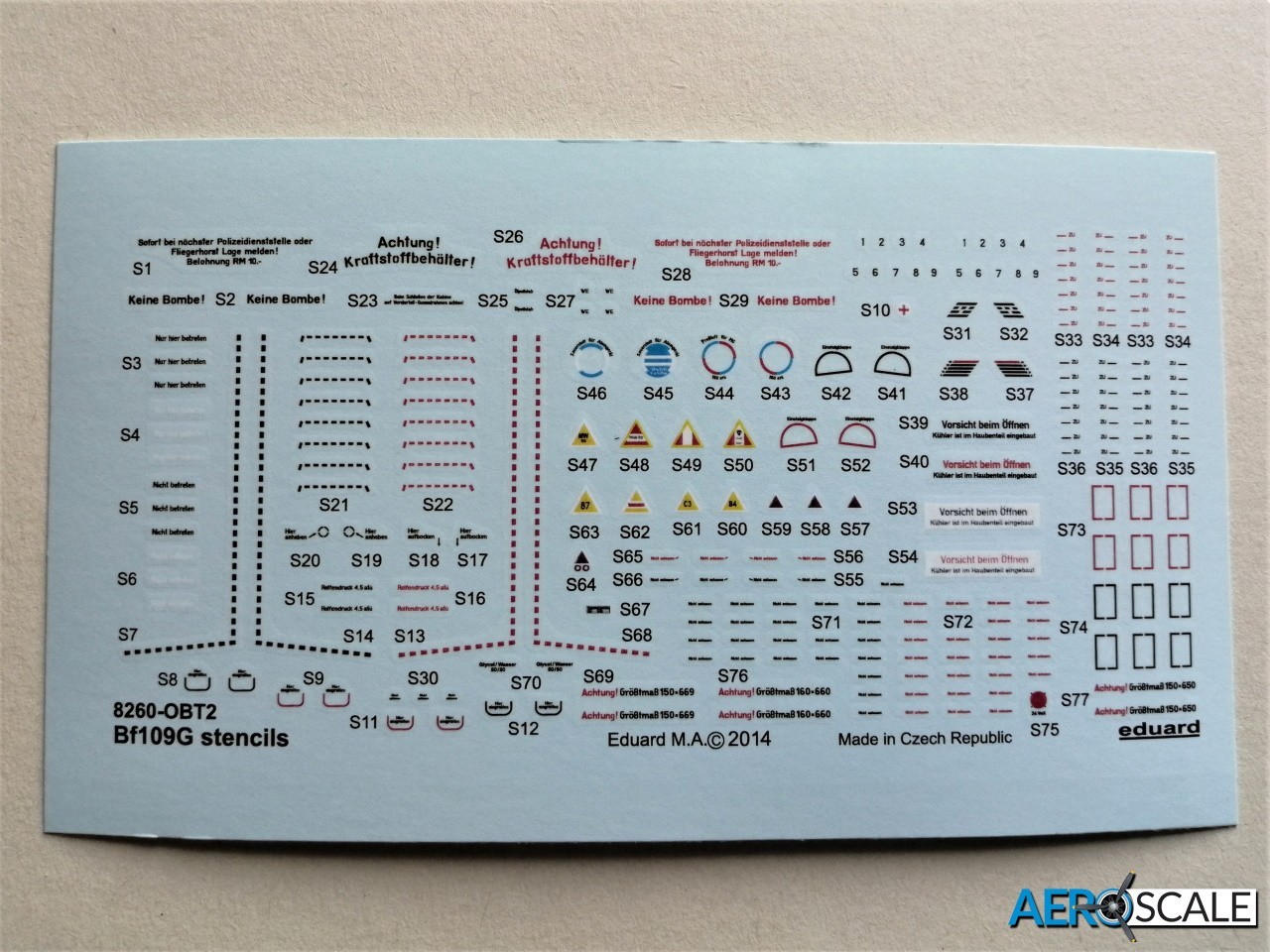
The kit
Eduards 1:48 scale Bf 109G-2 was first released in 2017 [82116].In this Edition marking option ‘A’ has not featured before, though the other four featured in the first release of the G-2. Marking options ‘A’ and ‘B’ are the tropical versions although option ‘B’ doesn’t have the sand filter attached to the supercharger inlet.
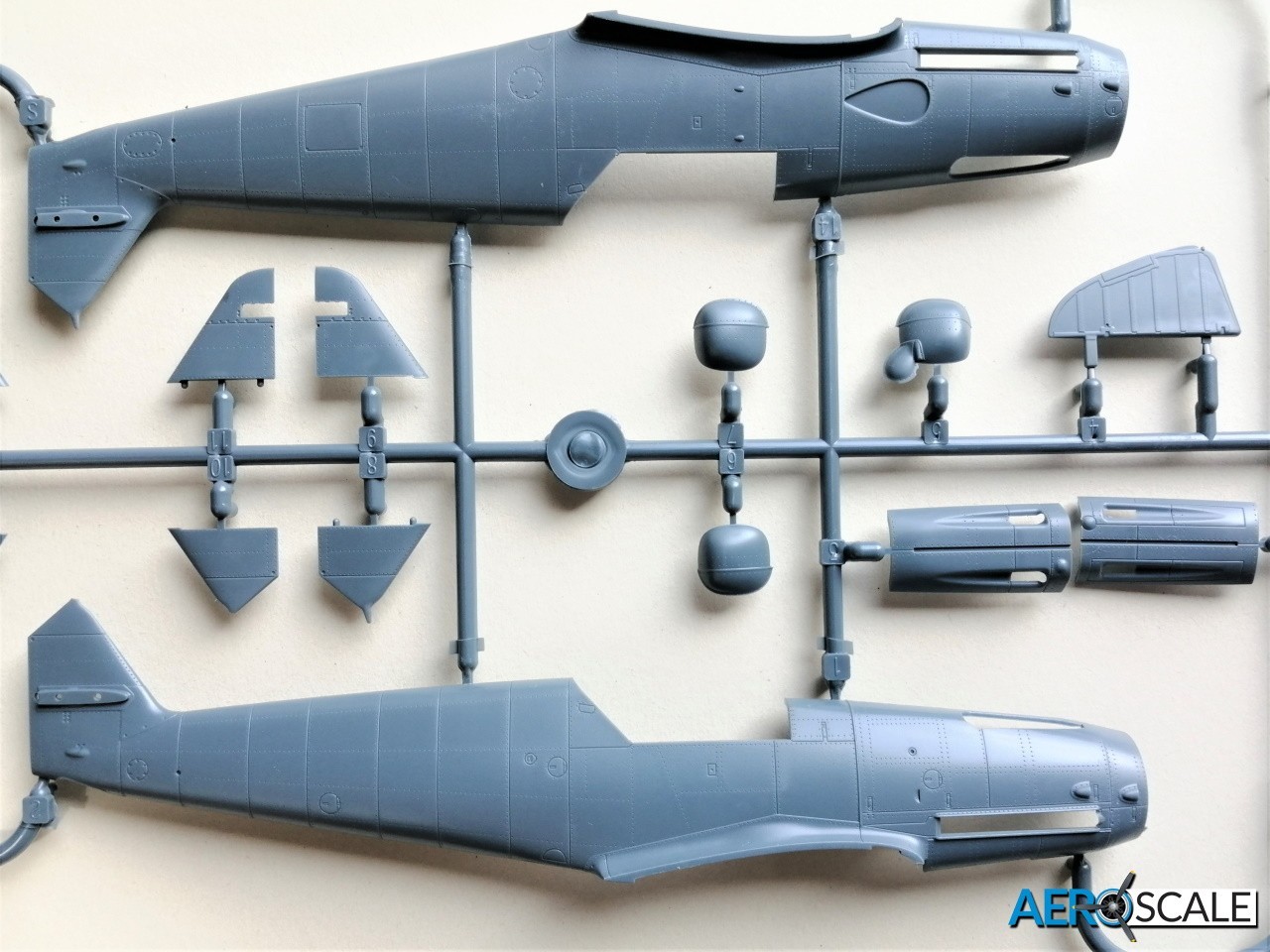
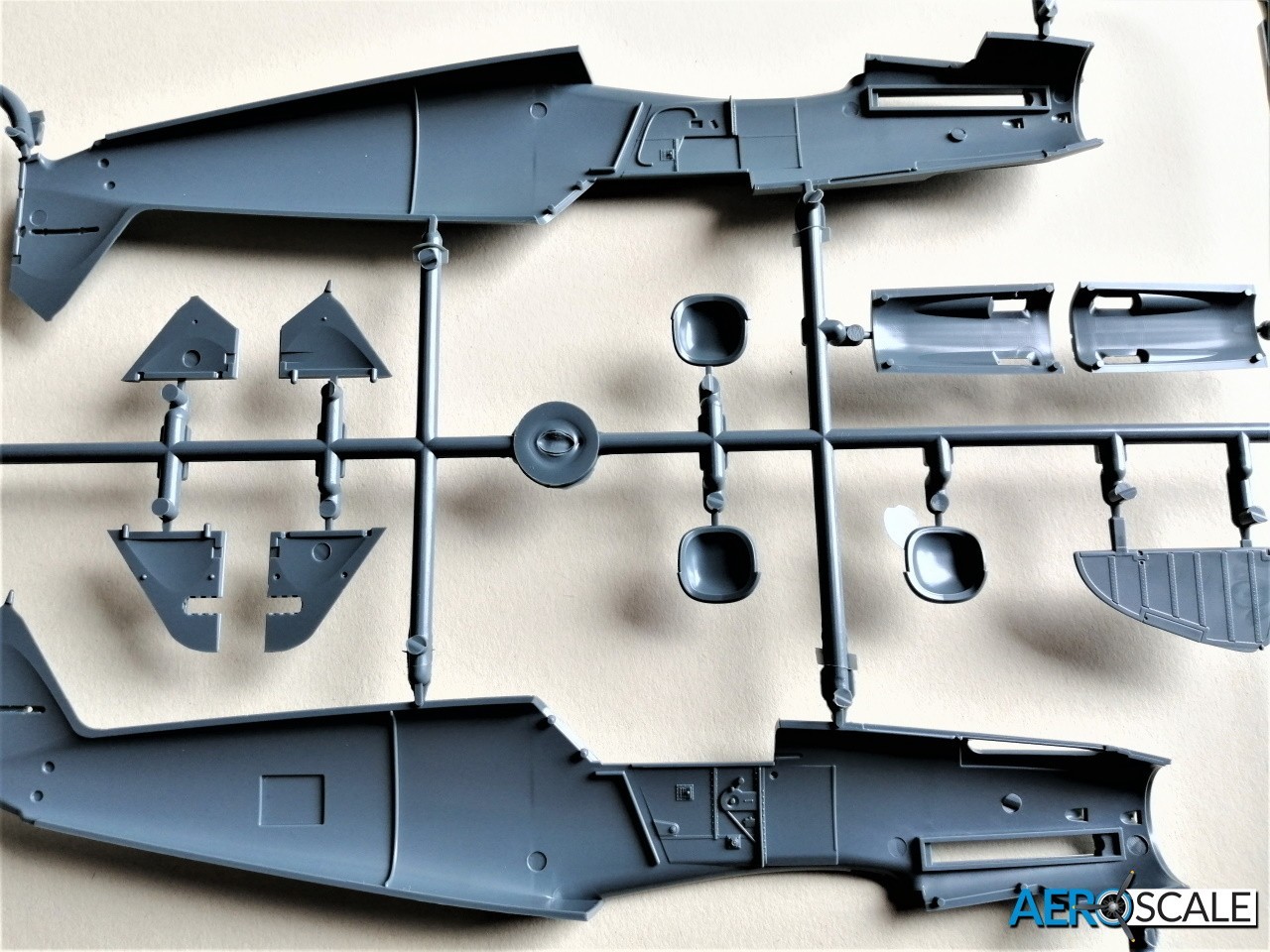
The first thing that impresses on opening the box lid is the quality of the surface detail. The rivets and panel lines are so delicately realised. There are two grey sprues to a bag and the clear sprues are separately packed.
This release features:
●4 x grey plastic sprues
●1 x clear plastic sprues
●1 x sheet of paint masks
●1 x pre-coloured photo etched fret
●2 x sheets of water slide decals
●16 page instruction manual
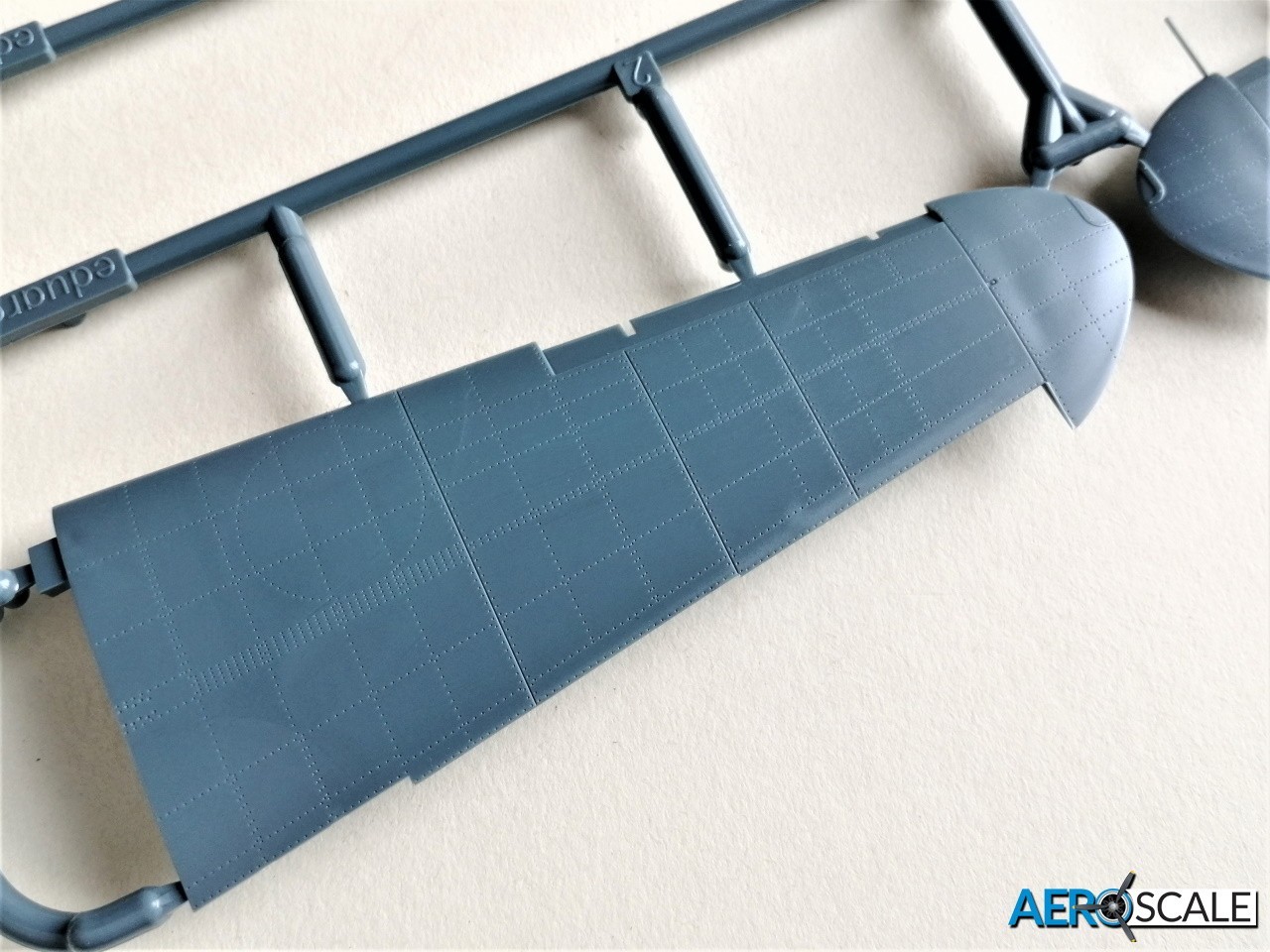
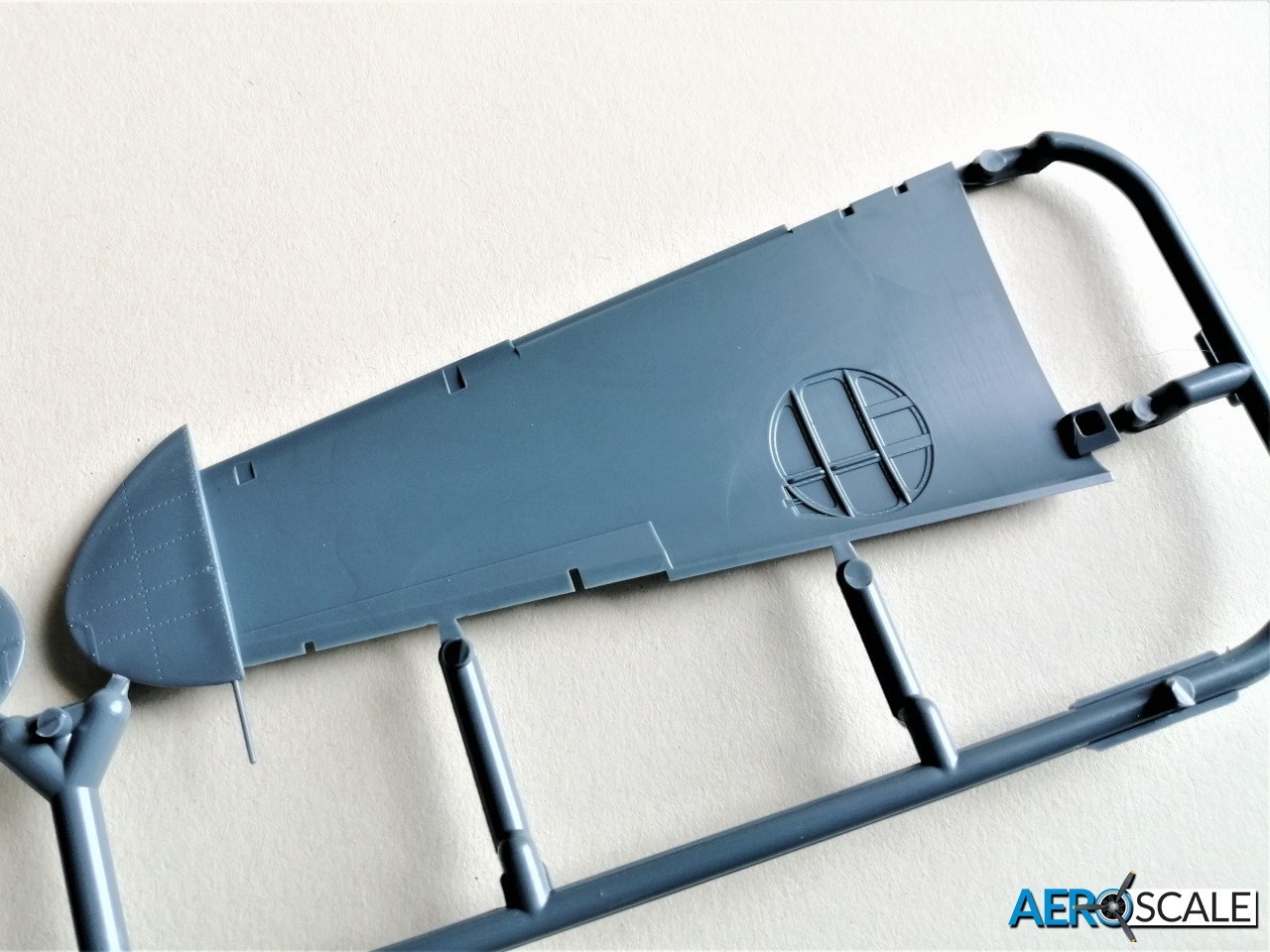
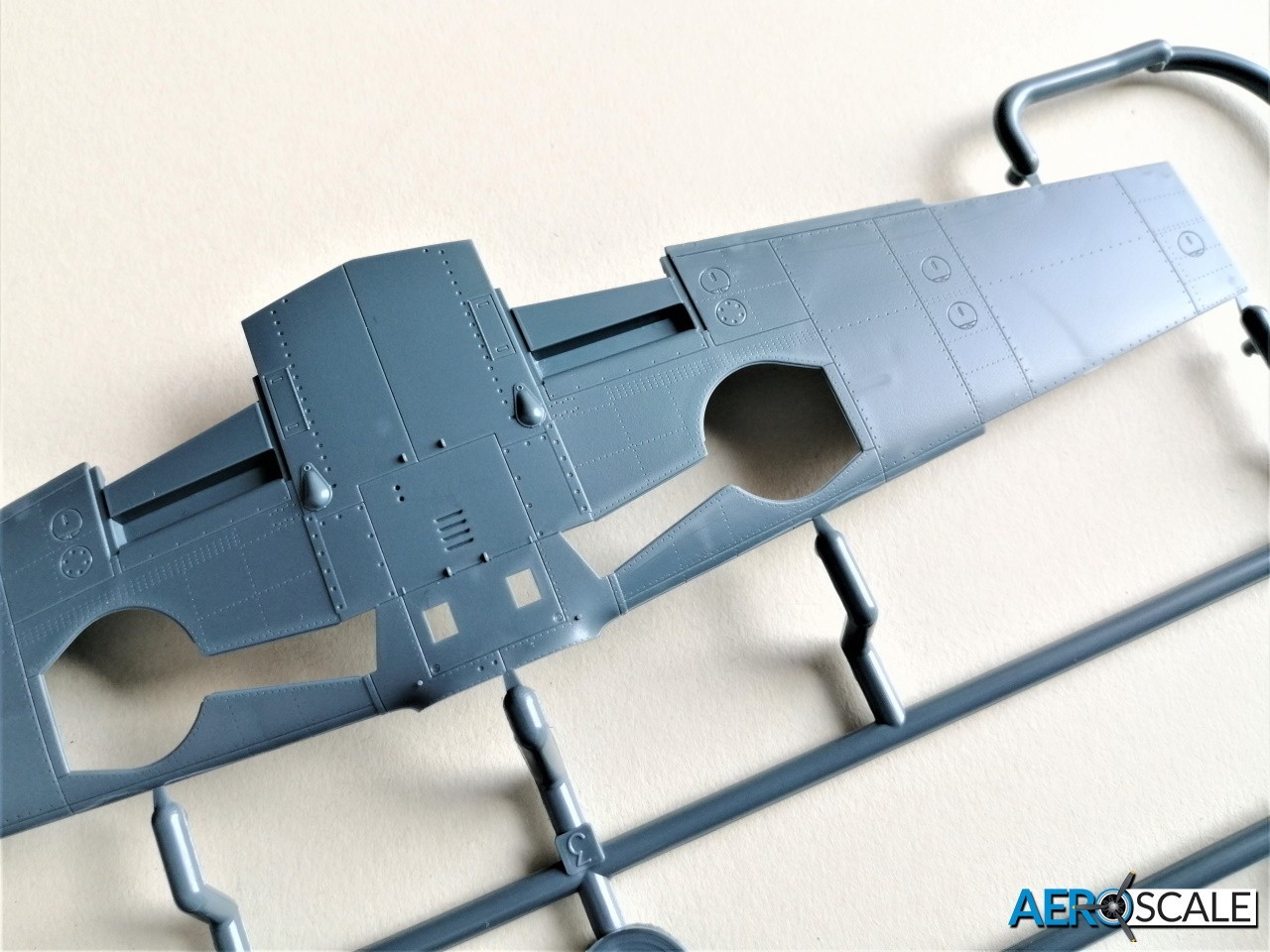
As this is a ProfiPACK Edition there are options on how you can create the cockpit. There is a mix of plastic and photo etched parts as well as decals. There are around sixteen plastic parts detailing the cockpit.The detail on the plastic parts is first rate, but you have the opportunity to use around eighteen photo etched parts to further detail the cockpit. The bulk of the cockpit is made up from a floor that incorporates the rear bulkhead, the two-part bucket seat is placed onto it. There is a pre-painted photo etched seat harness too. The covered end of the central mounted cannon, control stick, and rudder pedals are added to the floor. There’s a choice of plastic or photo etched pedals, the latter incorporate straps. There are four pre-coloured photo etched parts for the instrument panel. If you don’t fancy highlighting the detail on the plastic parts or using the photo etched instruments then there are decals. The distinctive looking elevator and flap wheels by the pilot’s seat on the leftwall are made up from two finely detailed plastic parts. The chains are photo etched, one is sandwiched between the two wheels and there is another chain to add to the fuselage wall once the unit is complete. In front of this is the plastic throttle and sidewall section. The clear plastic fuel hose to the right of the seat is a nice touch, you just mask the clear part and paint the rest yellow.

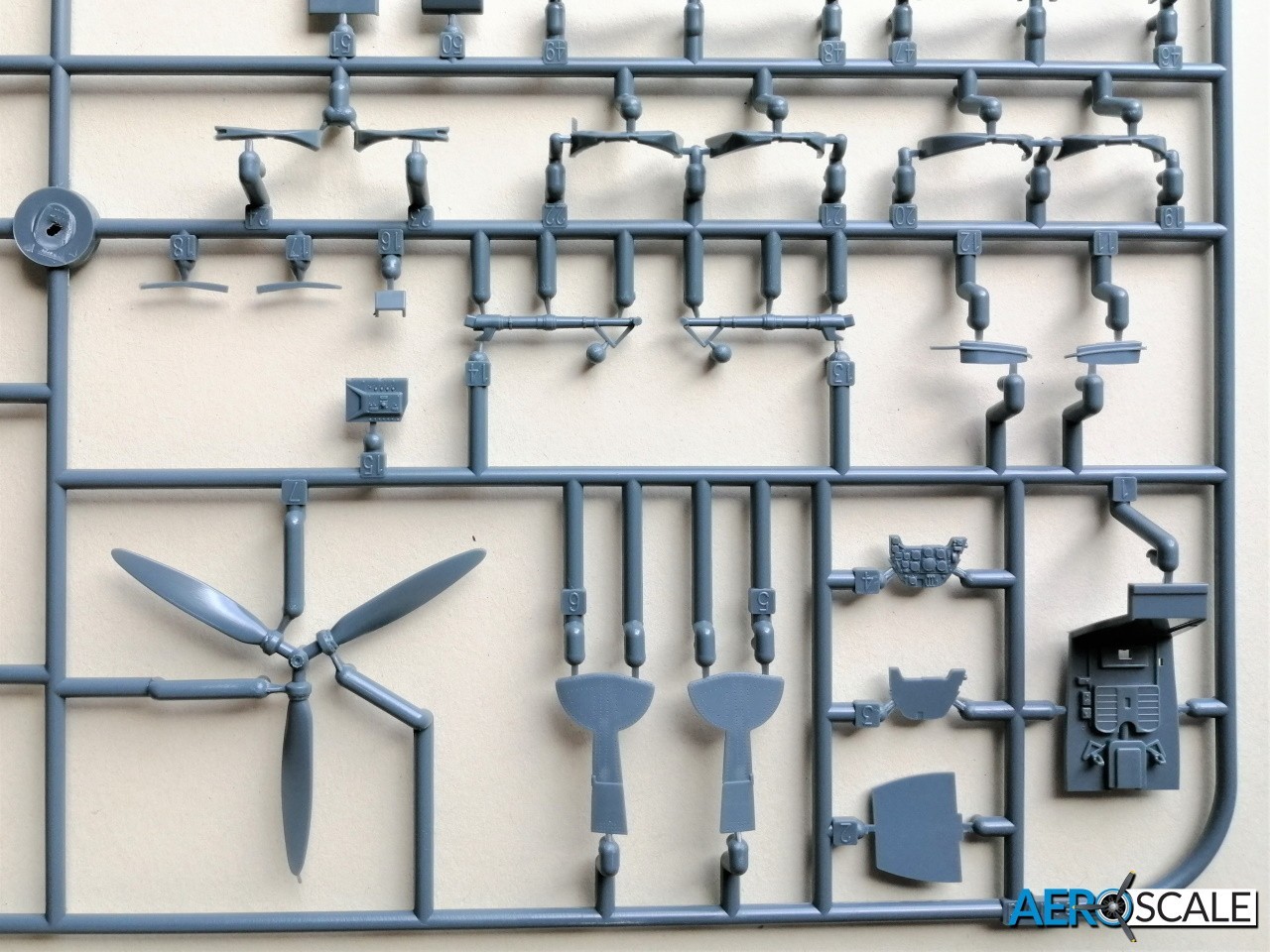
The green house style canopy can be displayed open, it’shinged on the right side. There is even a PE part that represents the cablelimiter to prevent the canopy from opening too far. The plastic is amazingly clear.
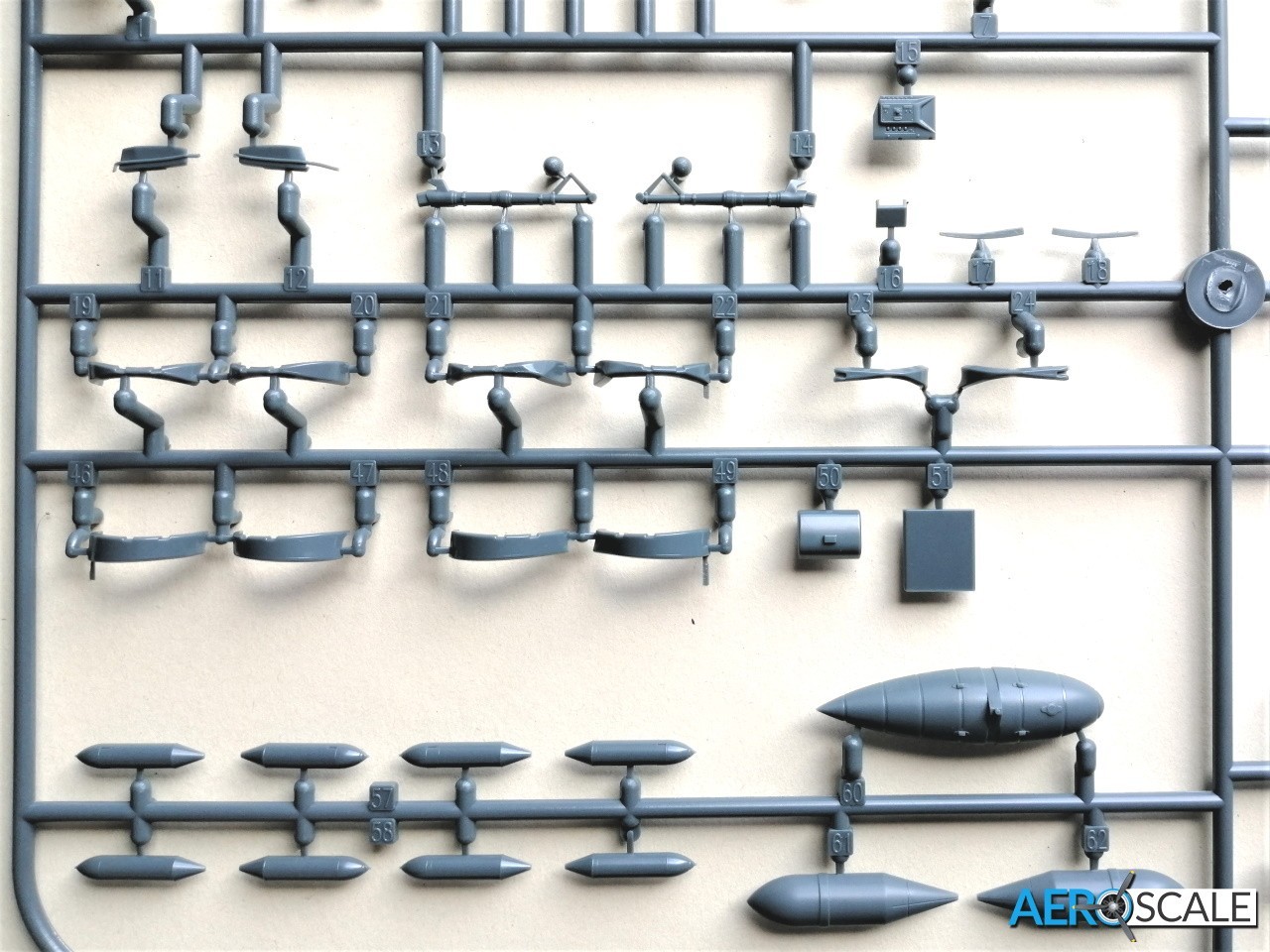
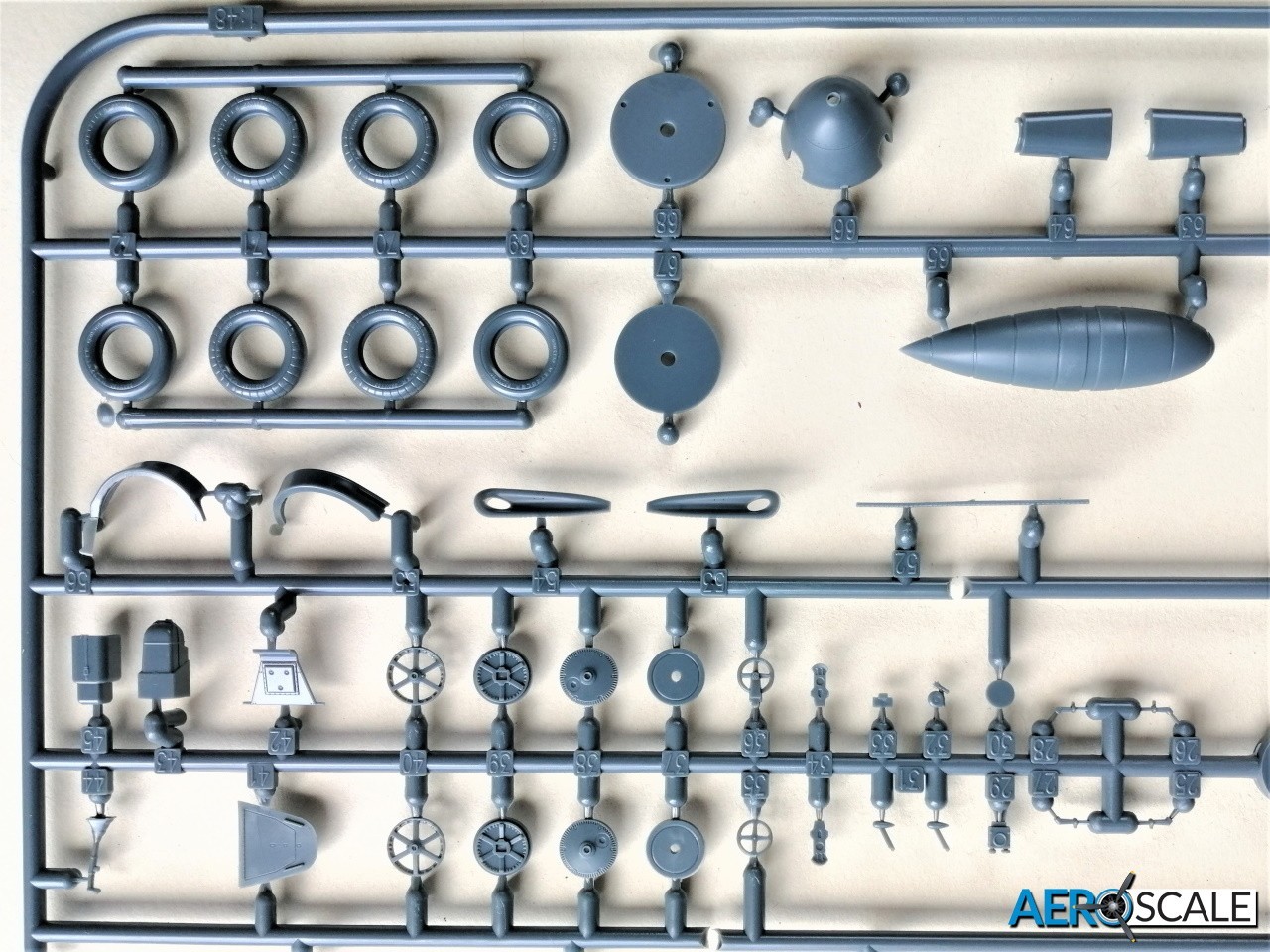
The fuselage is split traditionally with left and right halves and includes the tail fin. There are no locating pins to aid positioning of the two halves when joining, but with the experience of past builds they really are not necessary. There are four different styles of rudder included so make sure you use the correct parts. The parts map at the beginning of the instructions is very useful. The upper nose MG 131 machine gun nozzles on this G-2 kit are separate as are the distinctive blisters covering the larger breech blocks. The chin radiator is also separate and features either photo etched or detailed plastic radiator faces. The large supercharger intake is created from three parts. Option ‘A’ has a sand filter to attach. A nice touch are the two moulded brackets attached to the left side of the fuselage, which were used to support sun shields. These need to be removed if you are building option ‘B’ to‘E’. The exhausts are separate and there are two types with or without the glare shield. There are PE alternative glare shield if you prefer. There’s one-piece prop which has a separate spinner and back plate. Internally the plastic forming the hatch for the radio compartment is much thinner than the rest of the fuselage walls, making it that much easier if you want to reveal the bay and the equipment inside.


The wings feature a one-piece lower wing and the upper halves feature upper and lower wing tips. There are locating pins included. The control surfaces: slats, ailerons and flaps are separate. Radiators are separate and you have the option of using PE or the detailed plastic radiator faces. The separate radiator flaps are a nice touch. There’s a small diagram in the instructions showing how to set the flaps of the radiator. The undercarriage bays are detailed and, each bay has four parts to create the walls. The surface of the walls features folds replicating the leather that was used on the real thing. There even paint masks for the wing tip navigation lights. The tail wings are both made from two parts and the elevators are each one piece. The rear control surfaces feature raised detail. All the control surfaces have positive attachment points so a strong join can be achieved.Options ‘B – E’ feature the under wing gun gondolas. The gun barrel has an indent at the tip, so if you have a steady hand with a pin drill, then you could open it a little more.
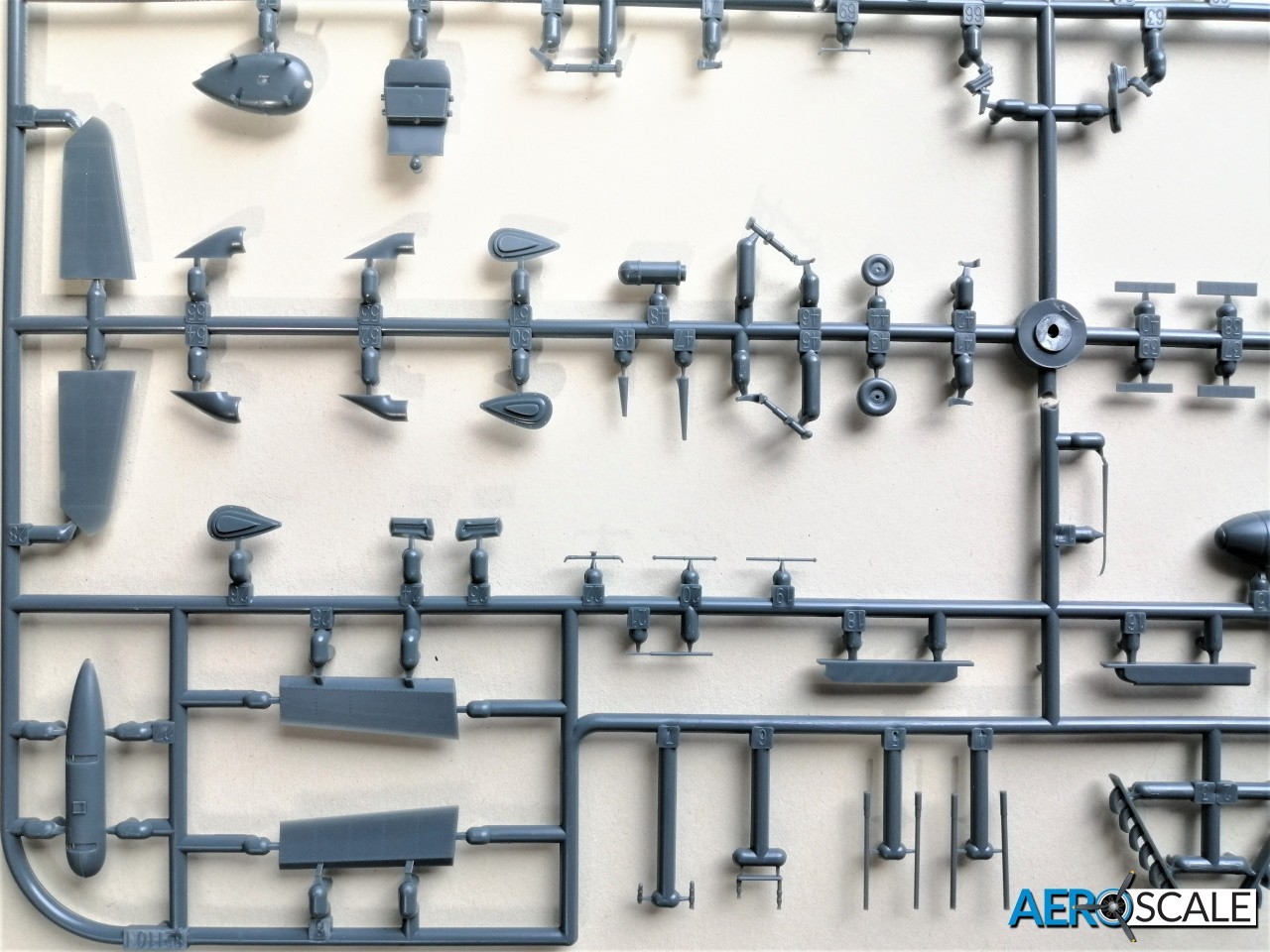
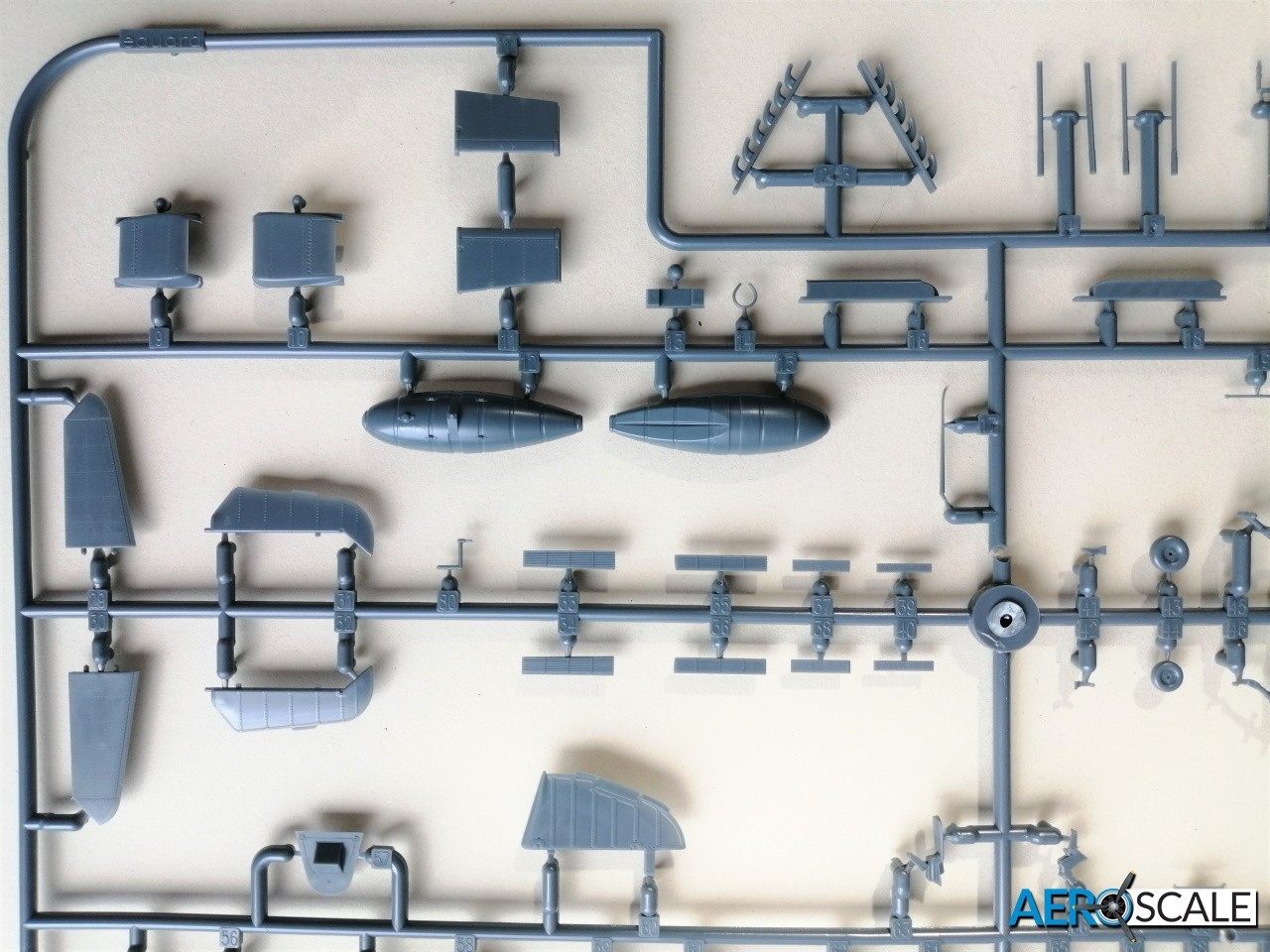
The undercarriage includes one piece treaded tyres with separate hubs. Marking option ‘D’ features an interesting shortened main undercarriage doors. There are paint masks for hubs. The three-piece tail wheel includes a one-piece wheel. The unit is fitted before the fuselage halves are joined.
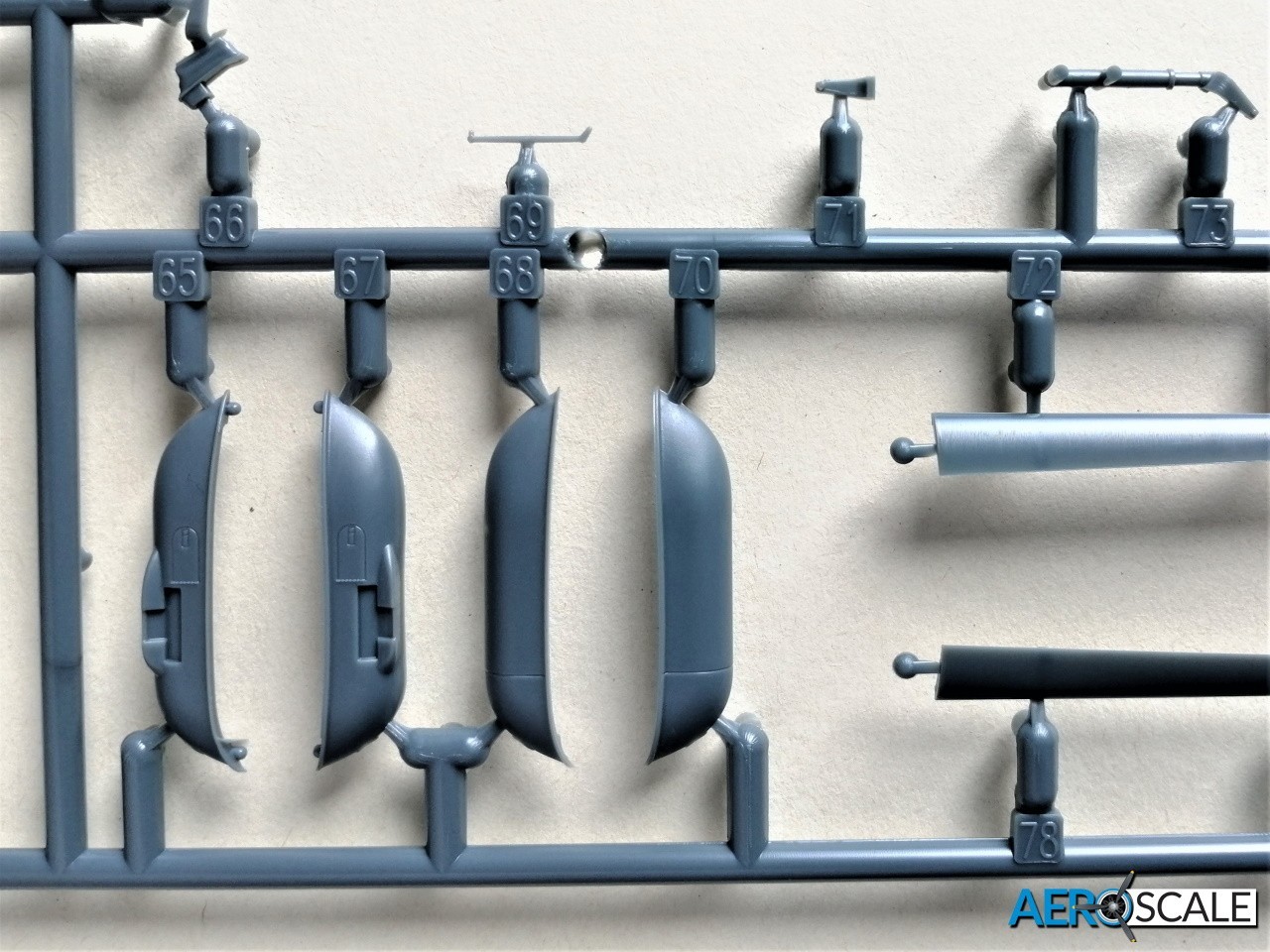
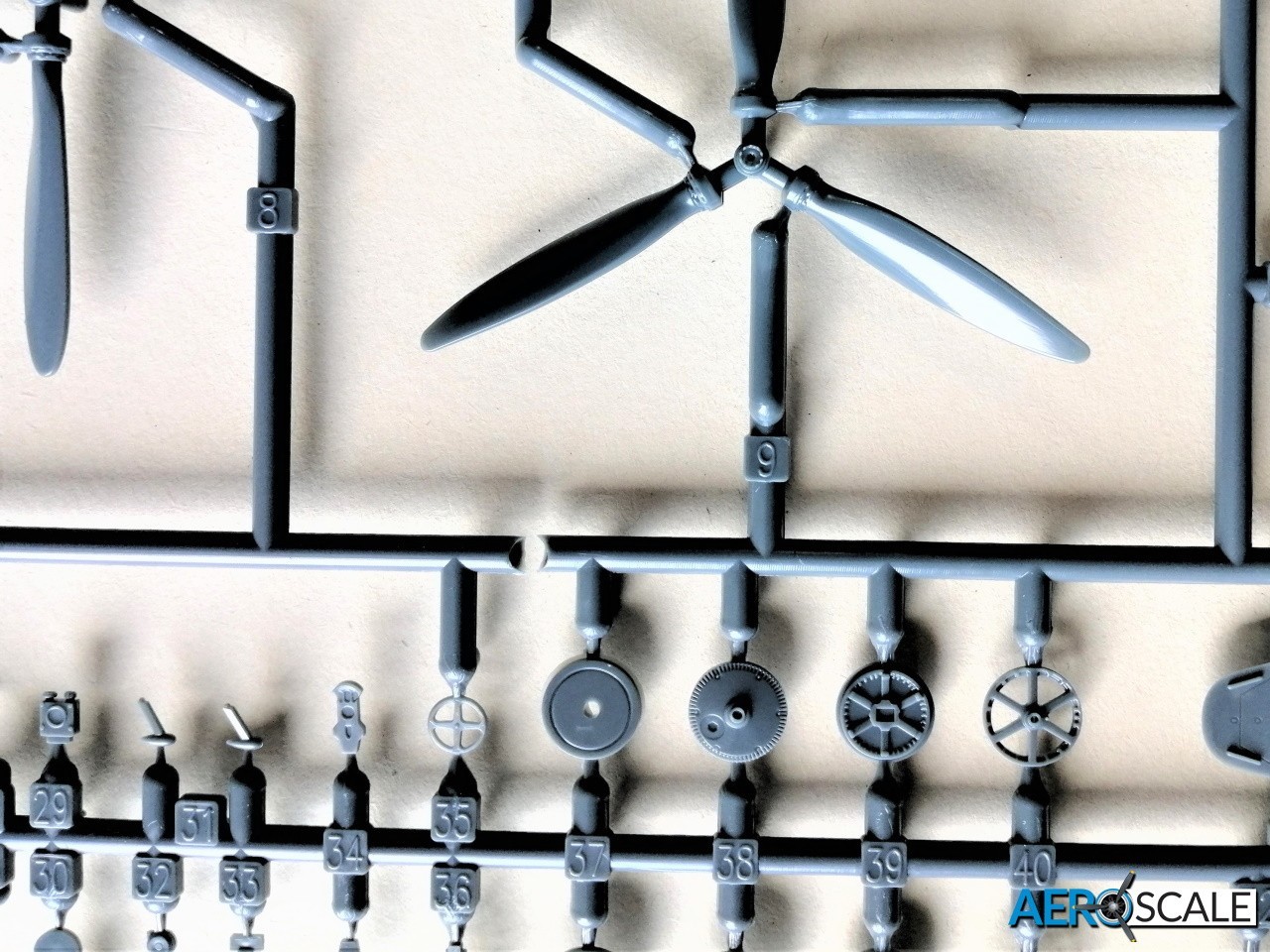
There are two styles of underbelly fuel tank included.There are numerous aerials to fit made from plastic or PE parts.
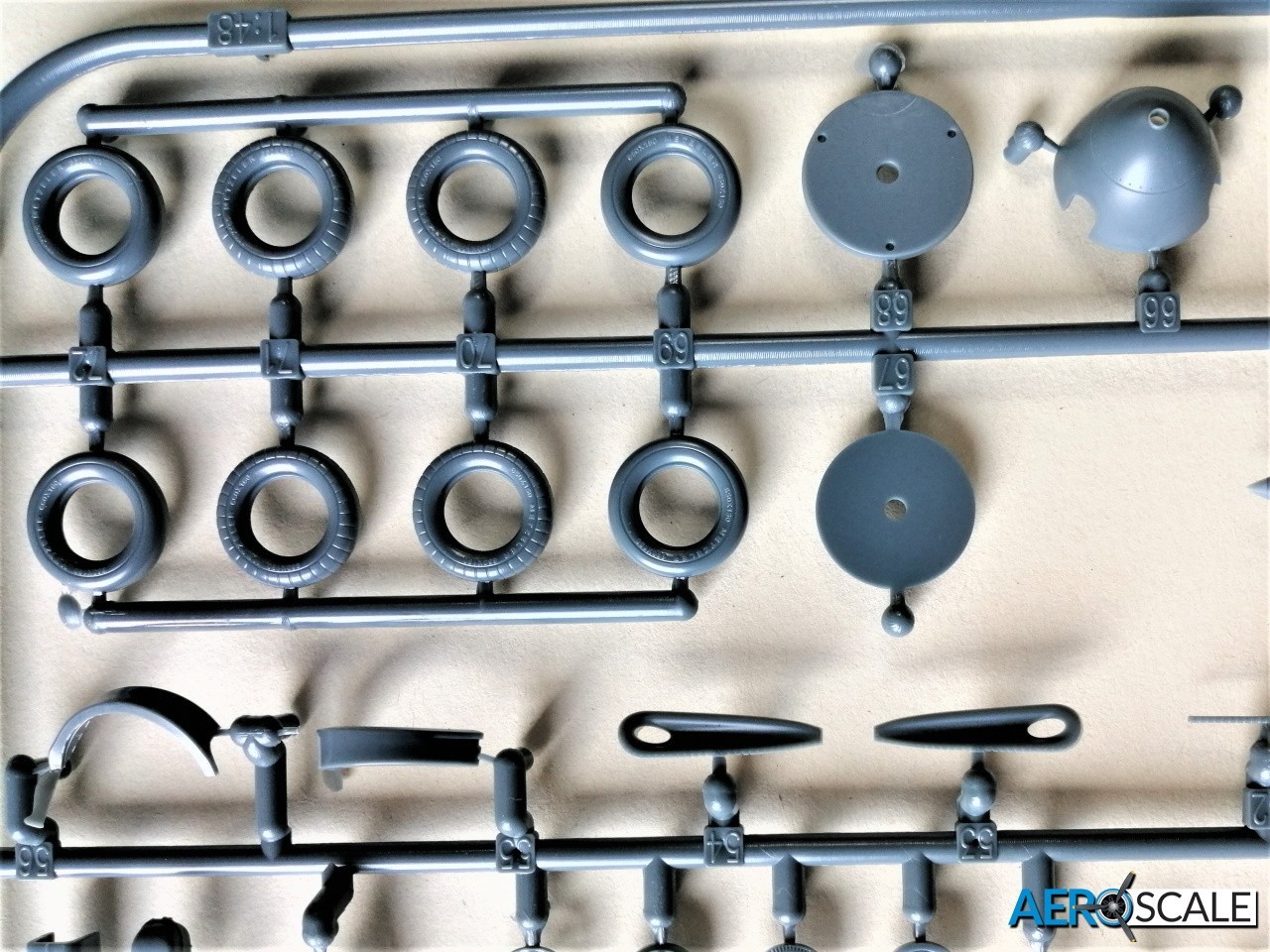

There are five marking options including:
- Bf 109 G-2/trop. WNr. 10533, Uffz, Horst Schlick, 1. /JG77, Bir-el-Abd, Egypt, November 1942
- Bf 109 G-2/R-6/trop, WNr. 13916, Fw, Hans Dӧbrich, 6. /JG 5, Alakurtti, Finland, February 1943
- Bf 109 G-2/R6, Lt, Walter Krupinski, 6. /JG 52, Maykop, Soviet Union,October 1942
- Bf 109 G-2/R6, WNr. 13949, Maj. Hans Hahn, II. /JG 54, Rjelbitzy,Soviet Union, January 1943
- Bf 109 G-2/R-6, WNr. 13633, Hptm, Wolf-Dieter Huy, 7. /JG 77,Tanyet Harun, Egypt, October 1942
A good mix of marking options reflecting the various fronts the Bf 109 G-2 served on.


Decals are printed by Eduard. There are two sheets altogether,one of which is stencils. Markings for both aircraft are found on the larger sheet. This is a spinner spiral free kit, though the spinners of three of the aircraft have parts painted white. Full swastikas are included with this review sample, but this varies with country to country. Colour and registration of the decals look very good and the carrier film is kept to a minimum. The alternatives look easy enough to put together.
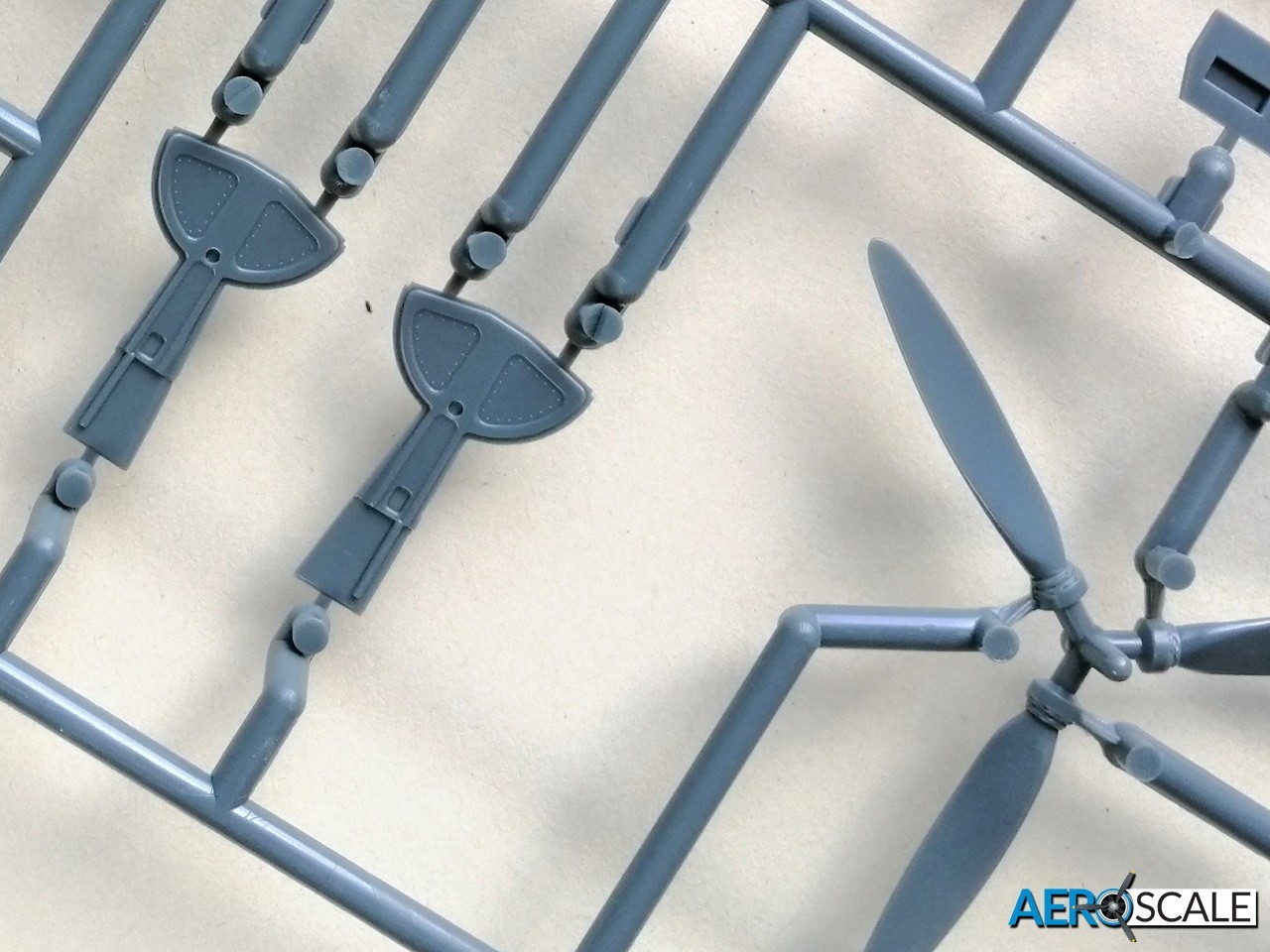

The sixteen-page build guide is easy enough to follow.The coloured paint guide provides useful additional information on the aircraft chosen and the pilots that flew them. Eduard use Gunze Sangyo and Mission Models paint brands as a guide to colours as well as using RLM colour references.
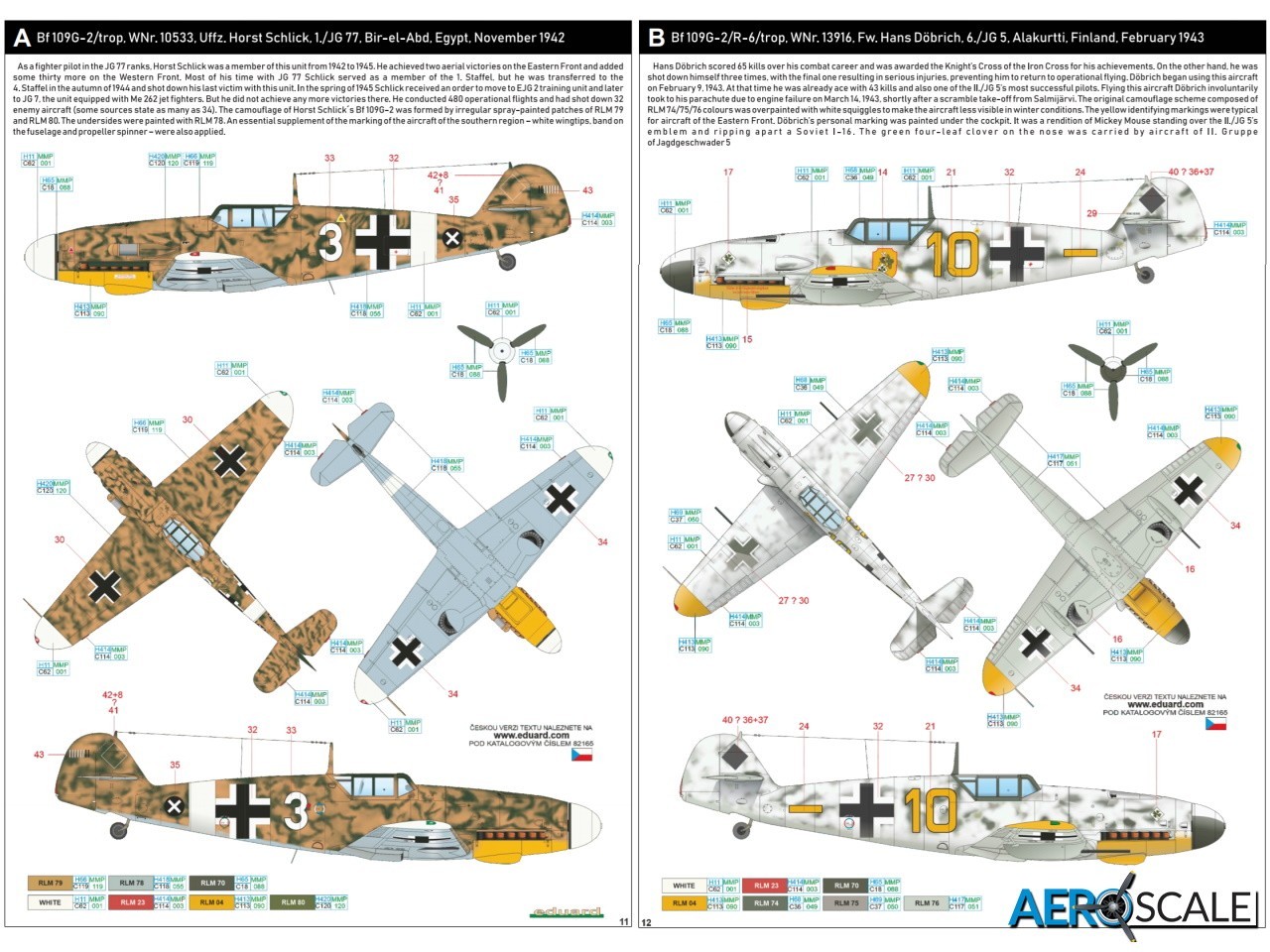
Conclusions
Eduard has captured the look of the Bf109 G-2 very well and managed to pack in lots of detail particularly in the cockpit. The level of detail on the plastic is superb and if previous experience building the Eduard Bf 109 G’s is to go by, then you will find the fit of the components is very good indeed. The price of this superbly detailed kit is worth noting at £ 19.34 and presents really good value for money.
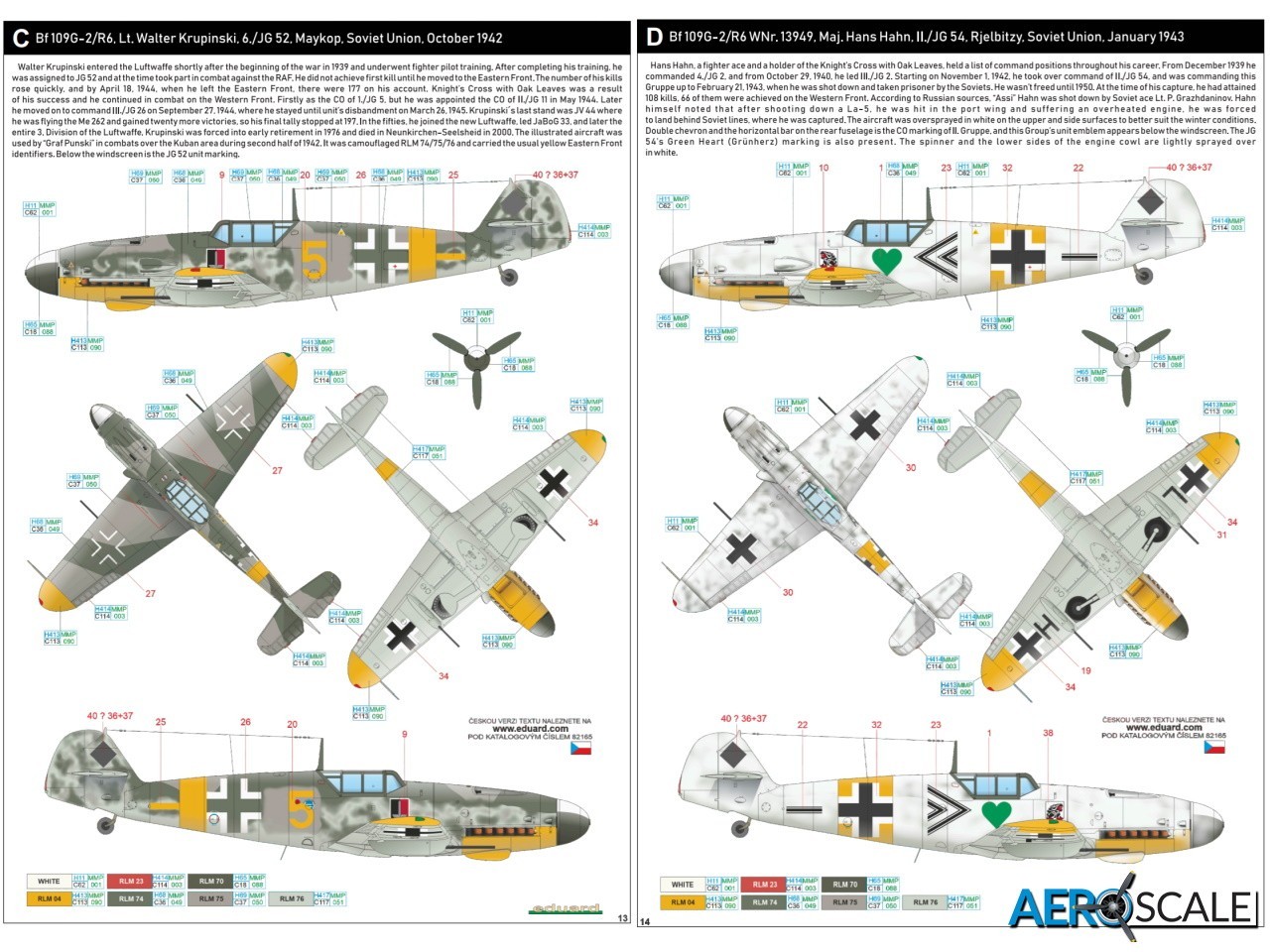
82165 - Bf 109 G-2 – 1:48
Our thanks to Eduard for the review sample
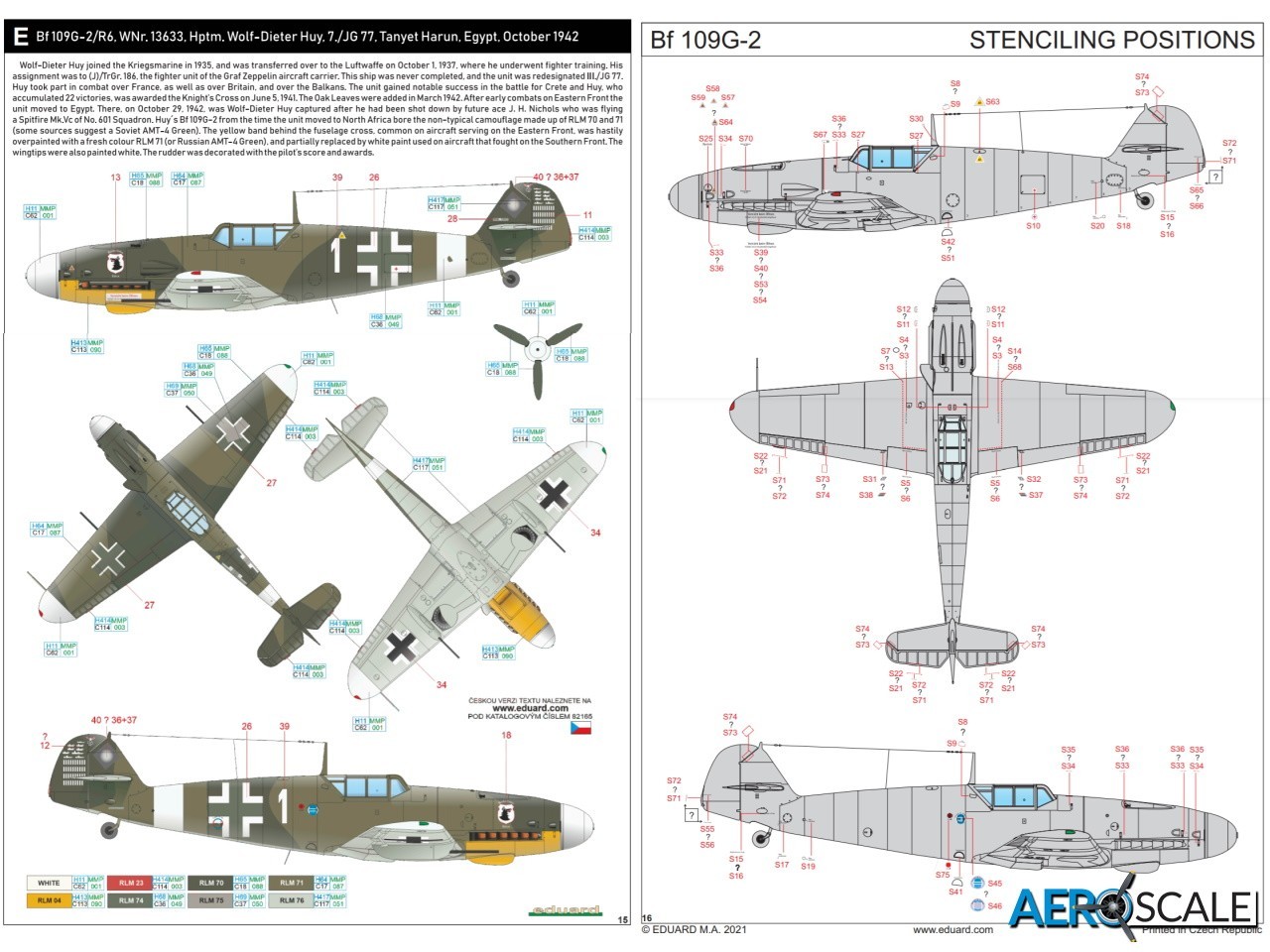
Please remember, when contacting retailers or manufacturers, to mention that you saw their products highlighted here – on AEROSCALE











